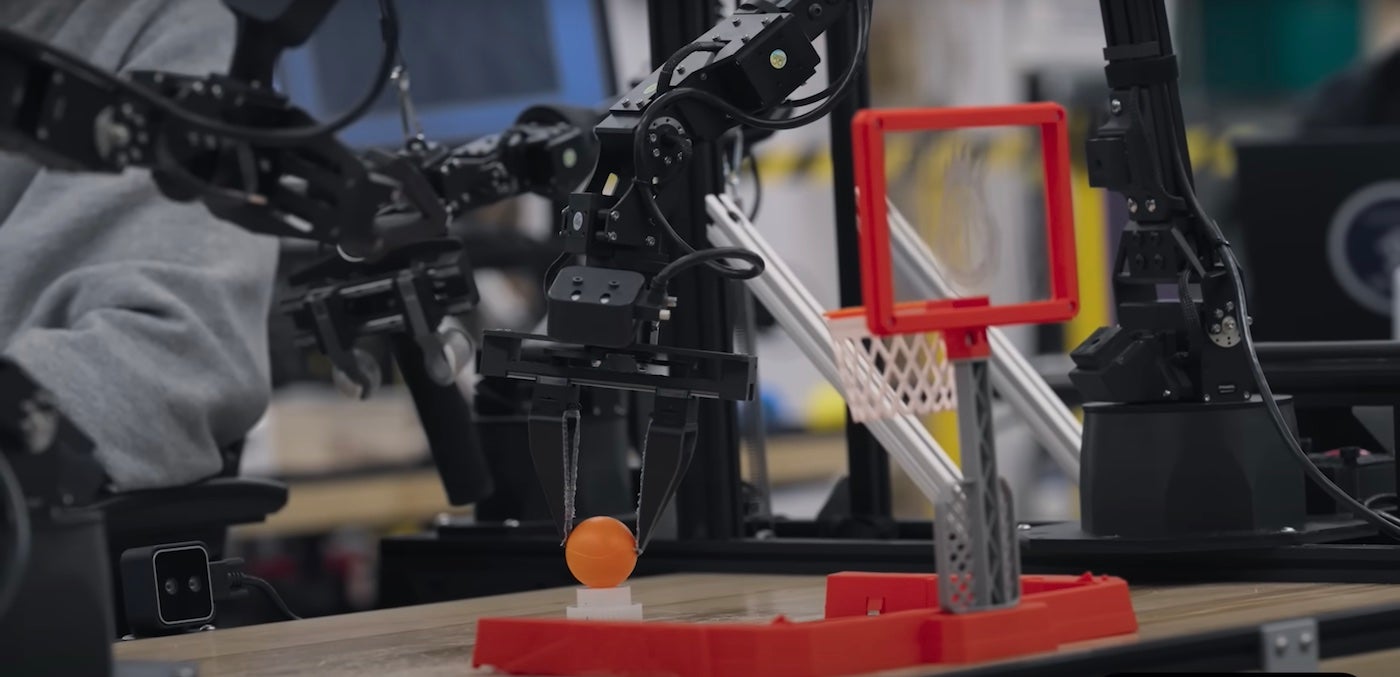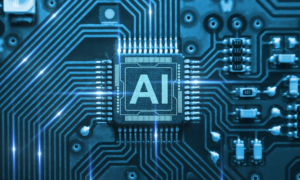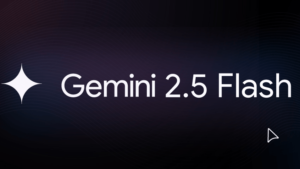Google’s Gemini Robots Are Set to Revolutionize Daily Tasks, from Slam Dunks to Salad Preparation

Google DeepMind’s New AI Robot Models
Google DeepMind recently introduced a groundbreaking line of AI models called the Gemini 2.0, specifically designed for the next generation of multimodal robots. These models show significant advancements in robotics, particularly in how machines can learn to perform complex physical tasks with precision.
The Slam Dunk Demonstration
In a notable demonstration, a Gemini 2.0 robot successfully performed a slam dunk, showcasing its advanced capabilities. This impressive achievement emphasized the robot’s refined coordination and its ability to interpret natural language instructions. According to Carolina Parada, Google DeepMind’s senior director and head of robotics, the robot executed this maneuver flawlessly on its first try. This performance serves as a clear indicator of how far robotic technology has developed in recent years.
Features of the Gemini Robotics Models
The Gemini Robotics model represents a leap forward in robotic technology. It builds on the existing Gemini 2.0 framework but adds unique robot-specific data and physical features. The model can generate multimodal outputs, including text, video, and audio. The emphasis is on creating robots that can interact with their environment and comprehend complex tasks without the need for extensive retraining.
- Enhanced Dexterity: The Gemini Robotics models are designed to be highly dexterous and interactive. They can respond to various objects and environments spontaneously, significantly improving their versatility and utility.
- Usability Focus: Google’s vision for these robots is to make them helpful for everyday tasks. This includes everything from simple chores to more complex interactions, making AI an accessible tool for users.
Recent Accomplishments
Google DeepMind has reported that the Gemini Robotics system has been able to accomplish a range of tasks effectively. These include:
- Food Preparation: Successfully preparing salads and packing lunches.
- Games: Playing games like Tic-Tac-Toe, which require strategic thinking.
- Artistic Tasks: Folding an origami fox, emphasizing fine motor skills and coordination.
These tasks demonstrate the model’s advanced physical capabilities and cognitive understanding, proving that robots can operate in a way that closely resembles human interaction.
Growing Interest in Humanoid Robots
The advancement of AI in robotics is not limited to Google. Other tech companies, such as NVIDIA, Boston Dynamics, and Tesla, are also investing heavily in integrating AI into robotic systems. Projections indicate a significant increase in the use of humanoid robots, with expectations that implementation could spike by 61% by 2050, leading to over 648 million humanoid robots in operation worldwide.
Collaborative Efforts Across the Industry
NVIDIA: This company is set to launch its Jetson Thor platform, which is designed to facilitate natural interactions between robots and humans. Their focus aims to enhance how robots perceive and engage with their surroundings.
Boston Dynamics: Known for its cutting-edge robotics, Boston Dynamics continues to innovate with robots capable of complex movements and tasks in diverse environments.
- Meta: While Meta is focused more on developing AI sensors and software, these tools are designed to enhance robots produced by various manufacturers, showcasing a collaborative approach across the sector.
The Future of Robotics
With companies pushing the boundaries of robotics technology, the future holds promising opportunities for integrating robots into daily life. The advancements in AI, particularly in models like Gemini 2.0, are paving the way for machines that can better understand human needs and operate alongside us in various settings. As robotics continue to evolve, we can expect significant improvements in how robots can assist in everyday activities, transforming our interaction with technology.






